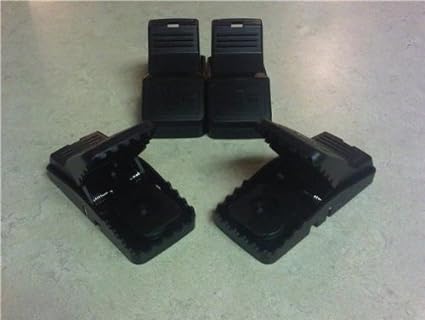SumDay
Thinks s/he gets paid by the post
- Joined
- Aug 9, 2012
- Messages
- 1,862
Our humidifier hose clogged, and ran all over the work room floor, but also managed to soak the carpet in the guest bedroom. While drying and sopping it up, I discovered mouse excrement.  Not something I'd want guests to discover!
Not something I'd want guests to discover!
Years ago, we had a dog who ate a poisoned rat, and that poor dog died a horrible death. We still have a dog, so I'm inclined to use glue traps, but am not sure how effective they are.
Has anyone ever used an exterminator to get rid of them? If they're just going to show up and tell me to put out traps I'll save the service call fee.
Any words of wisdom would be most appreciated.
P.S. I think they are coming up through the sump pump opening, but DH says that's not possible. I've seen crickets come out of there, so why couldn't mice?
I did a search for this here on ER, but everything was pretty old. If someone has had recent good luck with a chain exterminator, please share. Thanks!
Years ago, we had a dog who ate a poisoned rat, and that poor dog died a horrible death. We still have a dog, so I'm inclined to use glue traps, but am not sure how effective they are.
Has anyone ever used an exterminator to get rid of them? If they're just going to show up and tell me to put out traps I'll save the service call fee.
Any words of wisdom would be most appreciated.
P.S. I think they are coming up through the sump pump opening, but DH says that's not possible. I've seen crickets come out of there, so why couldn't mice?
I did a search for this here on ER, but everything was pretty old. If someone has had recent good luck with a chain exterminator, please share. Thanks!


